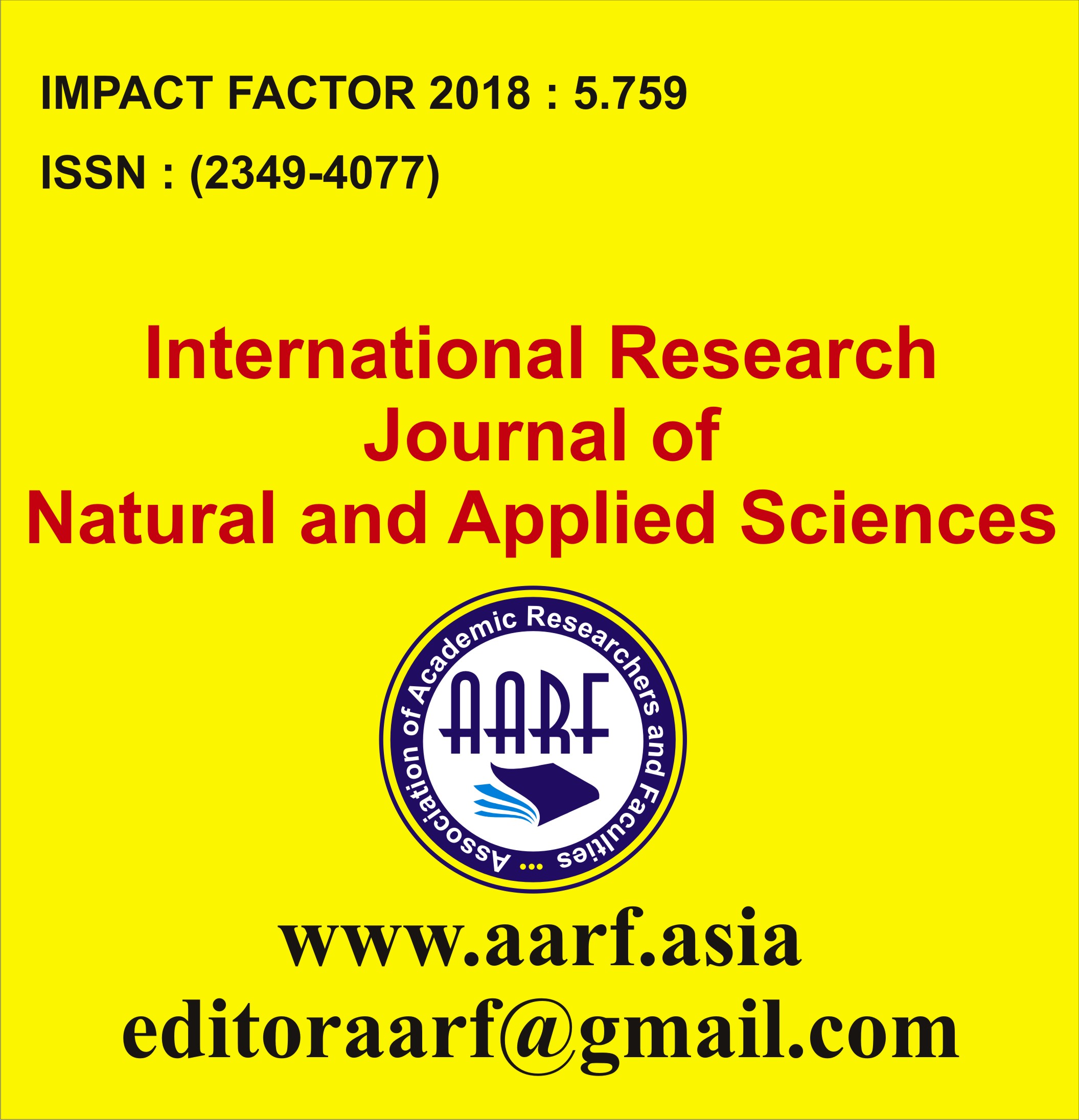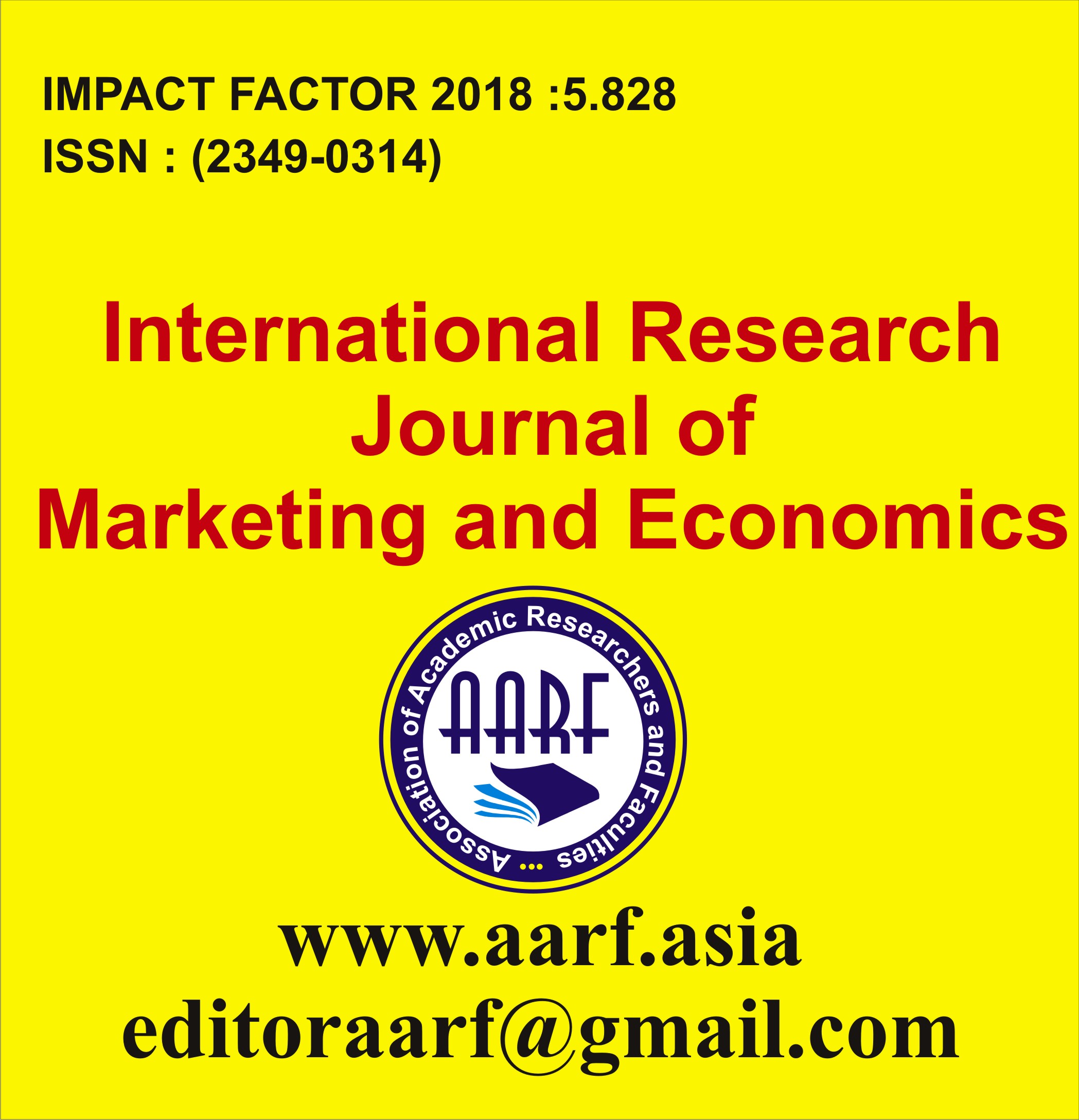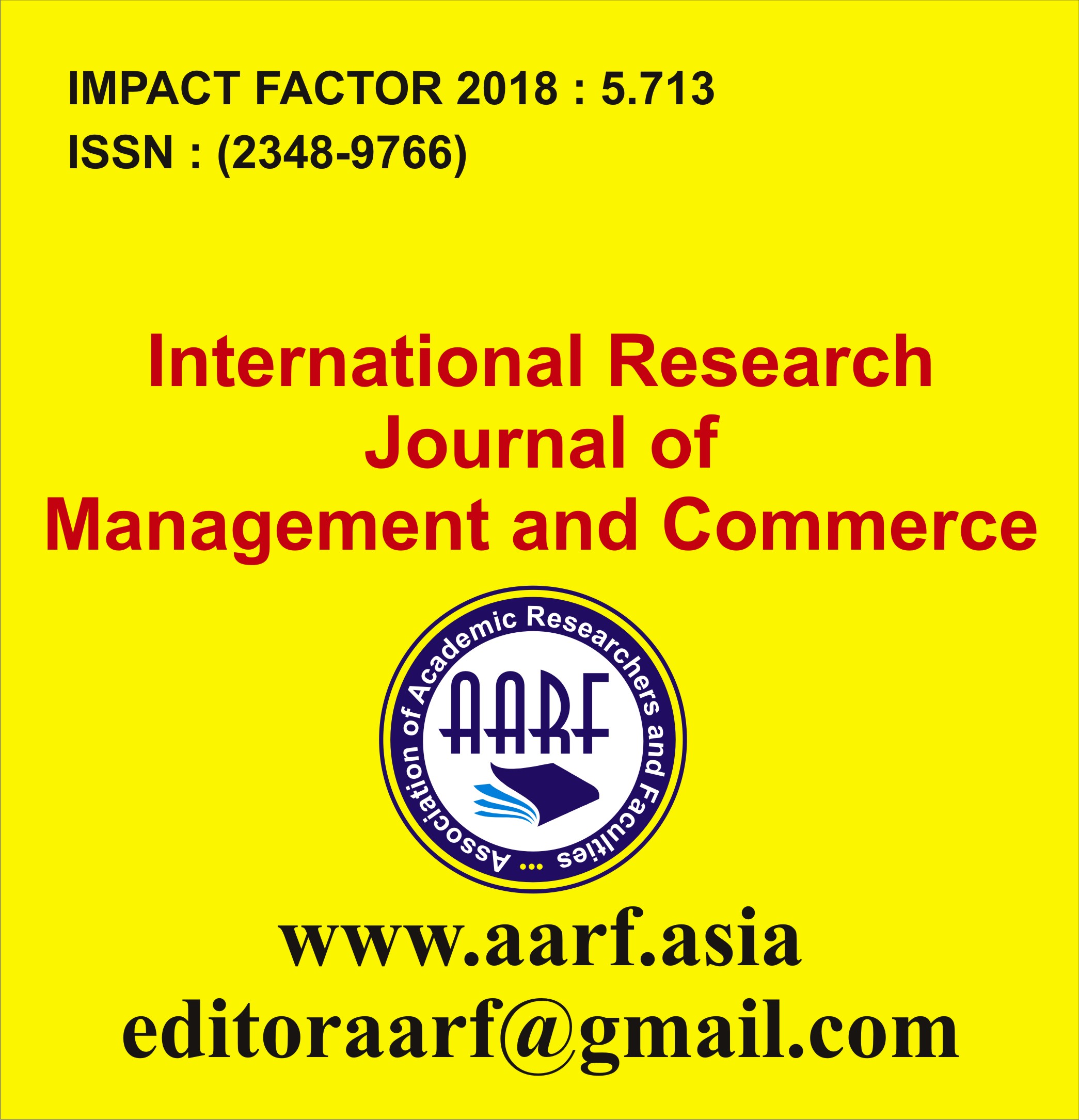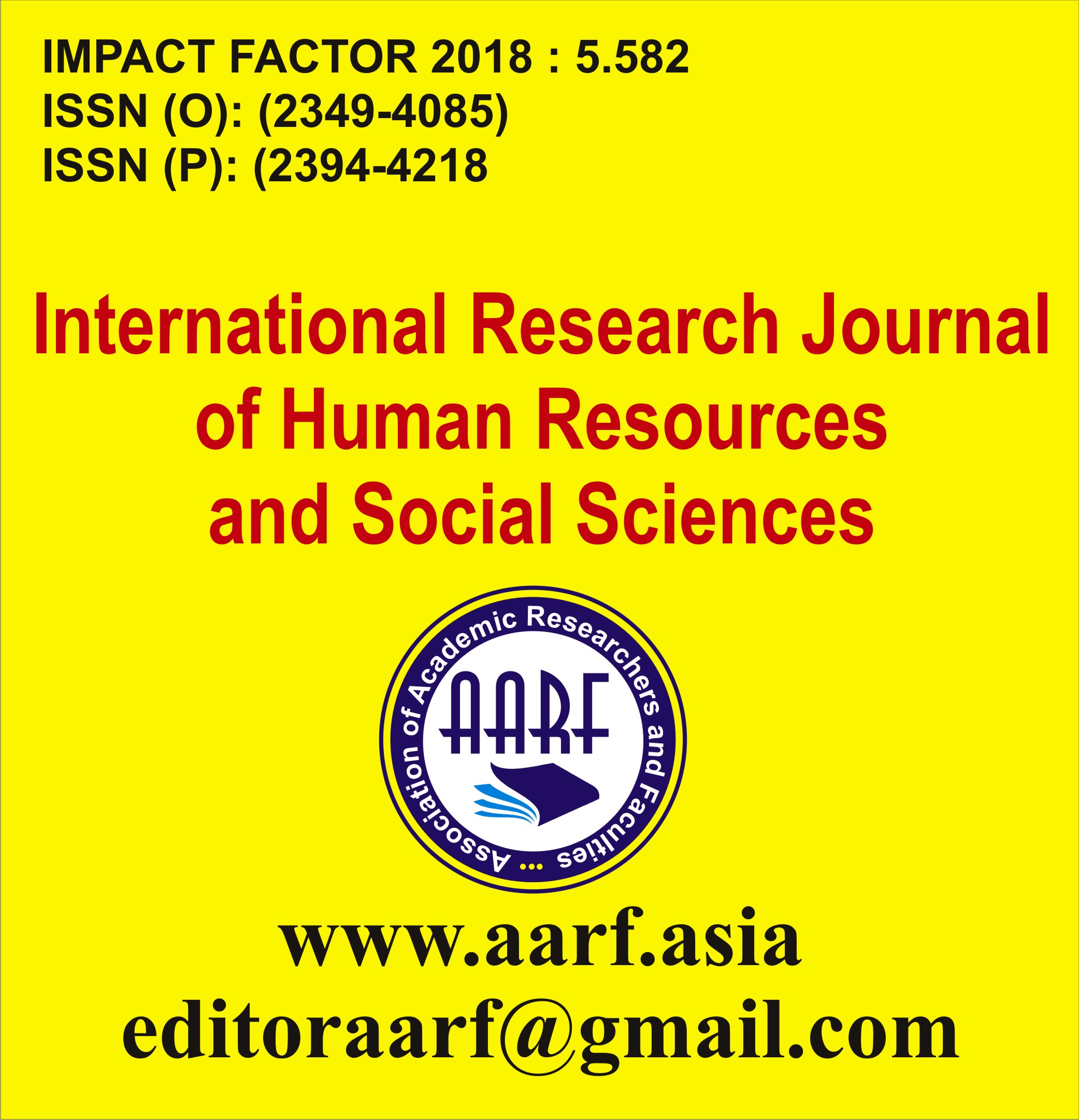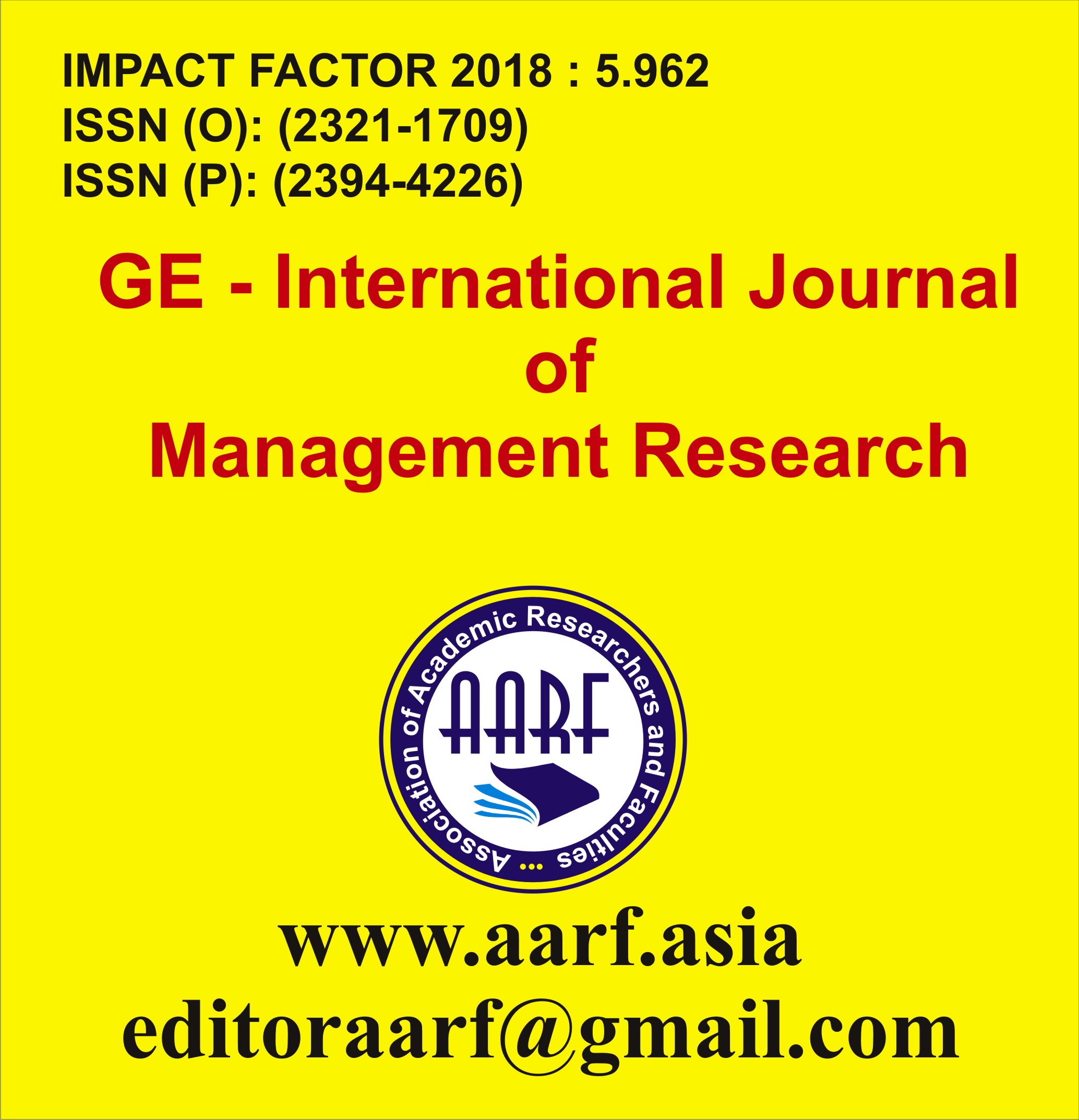| S.No |
Particular |
Pdf |
Page No. |
| 1 |
Noora Farhan Hassan ALAbedi 1, Abeer Miri 2 , Zahra Abdull Abbas Taher 3 Faculty of Nursing, University of Kufa.
Abstract:
Objectives:-To find out the effect of instructional program on Teachers' knowledge about chickenpox disease. To find out association between the instructional program and demographic characteristics of teachers
|

|
1-11 |
| 2 |
BY PLEUROTUS DJAMOR V.GOKILA, P.VEERA LAKSHMI♥ and K.PARANI♦ ♦Assistant Professor, Department of Botany,
Abstract:
Pleurotus djamor, a basidiomycetes known as a white rot fungi was tested for the effectiveness to degrade wood saw dust (WSD). In our study the white rot fungi i.e., Pleurotus djamor showed a slow and gradual fibre degradation upto 14th day and 21th day respectively followed by steeper decline till the 28th day of degradation. The highest cellulose and hemicellulose degradation (56.2 and 48.5%) in saw dust were found to be caused by Pleurotus djamor monoculture and there was an gradual decrease in the cellulose and hemicellulose content ranged from 31.06% to 56.4% and 10.7% to 48.5% in 28 days of degradation respectively as compared to their controls. Simultaneously, there was an gradual increase in reducing sugars from 11.3% to 16.9% as compared to their initial value (7.7%) during 28 days of fermentation period.
|

|
12-19 |
| 3 |
Haider Mohammed Haloob AL- Abedi, M.Sc.* Hussein Mansour Al-Tameemi,M.Sc. ** Muntadher Salah AL-Naffakh, M.Sc. *** Athraa Abbas Al-Zeyadi, M.Sc.****
Abstract:
Background: Chronic viral hepatic infections are a major threat to public health worldwide. Chronic hepatitis B virus (HBV) and hepatitis C virus (HCV) are the leading causes of cirrhosis and hepatocellular carcinoma, two conditions with increasing mortality and burden of disease especially in the developing countries
|

|
19-34 |
| 4 |
Yu-Hsin Wang, Ph.D., RN1, Li-Lan Chuang, Ph.D. RN2, Chiu-Tzu Lin, M.S.N., RN3, Lee-Fen Ni, Ph.D., RN1*
Abstract:
This study explored the perceptions of objective structured clinical examination (OSCE) among pre-registered nurses before their last-mile practicum in their fourth year of undergraduate study. A mixed methods approach was used to capture the pre-registered nurses’ perceptions after taking the OSCE. A total of 167 students participated in the study and attended the OSCE consisting of eight stations that lasted eight minutes each.
|

|
34-46 |
| 5 |
Subrata Giri1, Agamani Pattanayak2, Bikash Mondal2,3, Subham Kumar De2, Parthapratim Maiti*2
Abstract:
Phyllosphere or leaf surface of plantis an ecological habitat for many microorganisms. In this study, microbial population on the phyllosphere of tropical forest plant was performed. Both bacterial and fungal colonies were observed from the leaf surface of Simul (Bombax ceiba L.), Gamhar (Gemelina arborea Roxb.), Bahera (Terminalia belerica (Gaertn.) Roxb.), Haldu (Adina cordifolia (Roxb.) Brandis), Bijayasar (Pterocarpu smarsupium Roxb.), Mahua (Madhuca latifolia (Roxb.) A. Chev.), Jam (Garuga piñat aRoxb.), and Piyal (Buchanania cochinchinensis (Lour.) Almeida) plant. Leaf impression technique was used to assess the approximate density of microbial population and leaf washing method was adopted for isolation of the organisms. Nutrient agars with myconazole nitrate powder
|

|
47-53 |
| 6 |
SONALI KHARE DR. VANDANA SHRIVASTAVA
Abstract:
Cardiovascular diseases (CVD) are a group of disorders of the heart and blood vessels. They are the leading cause of death globally, and understanding their types, risk factors, and prevention methods is crucial for managing and reducing their impact.
Hypertension is one of the predominant risk factors for the development of several cardiovascular diseases.
Cardiovascular diseases (CVDs) remain the leading cause of mortality and morbidity worldwide, posing a significant public health challenge.
|

|
73-81 |
| 7 |
UDAY PRATAP SINGH BHASKER and Dr. Umesh Kumar
Abstract:
Green synthesis or bio-assisted technologies offer an efficient, low-toxic, cost-effective, and environmentally acceptable approach for producing nanoparticles. Following is a summary of all studies on the green synthesis of Ag NPs, ZnO NPs, and Fe3O4 NPs. Metal and metal oxide nanoparticles can be synthesised using a variety of physical, chemical, and biological methods. Researchers are now resorting to biological ways of nanoparticle synthesis as a preferable alternative option to chemical and physical methods due to the accumulation of intra- or extracellular inorganic materials in both unicellular and multicellular organisms. In present work, plant material is used to produce biomolecules that can be used as reducing and capping agents.
|

|
54-62 |
| 8 |
Dr Neeraj Rajinder Nahar
Abstract:
Ayurveda happens to be one of the oldest Indian medical science. Avoiding needless suffering and leading a long, healthy life are central to Ayurveda. Ayurveda involves the use of natural ingredients to remove the disease's underlying cause and restore mental and bodily harmony in order to build wellbeing and prevent imbalance from reoccurring
|

|
64-72 |
| 9 |
Dr. Shashi Kant
Abstract:
Cucumismelo (melon) exhibits multifaceted antidiabetic effects in preclinical models and limited human studies. Extracts of C. melo have been reported to improve glycemic control and lipid profiles – for example, a clinical study found that oral melon treatment led to weight loss, reduced insulin resistance, and lowered fasting glucose in obese patients and high-fat diet mice. In vitro assays show that melon seed extracts (especially from roasted oriental melon) potently inhibit carbohydrate-hydrolyzing enzymes: one study reported approximately 88% α-amylase and 52% α-glucosidase inhibition by roasted seed extract, attributed to its triacylglyceride and unsaturated fatty acid content. Melon tissues are also rich in antioxidants and phytochemicals: methanolic seed extract of wild musk melon (var. agrestis) scavenged around 75.6% of DPPH radicals and 69.9% of hydrogen peroxide at 300–400 µg/mL. These extracts contain diverse bioactives – phenolic acids (e.g., gallic, caffeic, rosmarinic), flavonoids (naringenin, luteolin glycosides, amentoflavone), fatty acids (linoleic, linolenic, oleic), sterols, and vitamins (C, E) – which together reduce oxidative stress and inflammation while enhancing insulin signaling. Mechanistically, such antioxidants can protect pancreatic β-cells and improve peripheral glucose uptake, as suggested by upregulation of hepatic insulin-pathway genes in treated subjects. Collectively, evidence up to 2019 indicates that C. melo exerts antidiabetic effects through enzyme inhibition, antioxidant and anti-inflammatory actions, and insulinotropic mechanisms, supporting its potential as a therapeutic adjunct in diabetes management.
|

|
73-76 |
| 10 |
Dr. Neeru
Abstract:
Thermoregulation in desert animals is a crucial survival mechanism that enables species to maintain internal temperature balance despite extreme environmental fluctuations. Desert ecosystems are characterized by high daytime temperatures, cold nights, and limited water availability, creating intense physiological stress for living organisms. To cope with these conditions, desert animals exhibit an array of behavioral, physiological, and morphological adaptations. Behavioral strategies such as nocturnal activity, burrowing, and shade-seeking minimize heat exposure, while physiological mechanisms like evaporative cooling, variable metabolic rates, and water conservation optimize internal temperature regulation. Morphological traits—including light-colored fur, elongated limbs, and specialized vascular systems—enhance heat dissipation. Species such as camels, kangaroo rats, and desert lizards exemplify these adaptive responses. Understanding thermoregulation in desert animals not only reveals the complexity of biological resilience but also provides insights into ecological adaptation, evolutionary processes, and potential responses to climate change and habitat alterations in arid regions.
|

|
77-93 |












